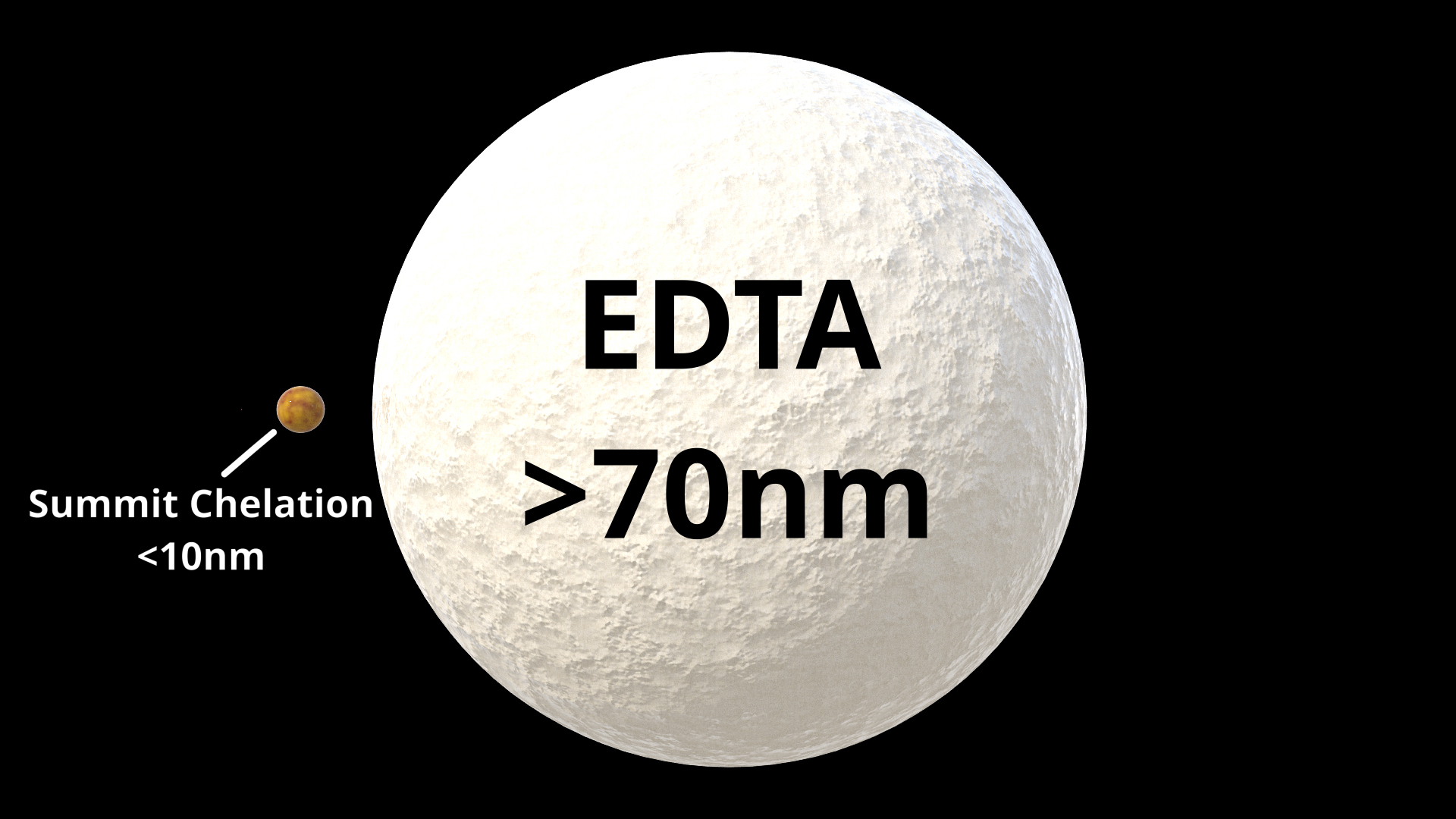
With Plant Nutrients, Size Matters
Plant nutrition distributors are presented with a plethora of options, each boasting its own set of advanced technologies. Among these, products labeled as "nano-sized" solutions have become increasingly prominent in the marketplace.
The science behind this is clear: Plants absorb nano-sized nutrient molecules more efficiently than they do traditional-sized nutrients, which often results in a more uniform distribution within the plant system. According to the United States National Nanotechnology Initiative, a "nano-sized" particle is defined as anything smaller than 100 nanometers (nm).
This definition, however, introduces complexity into the plant nutrient marketplace, as many solubilized micronutrients inherently possess small dimensions. Essential elements like Iron, Zinc, Manganese, and Magnesium, for example, have atomic diameters that range approximately from 0.065nm to 0.085nm.
To enhance the effectiveness of these micronutrients, chelation agents are often employed. Their role is to encapsulate the nutrient ions, preventing them from becoming immobilized by the soil—what's commonly referred to as "soil tie-up"—thereby ensuring the nutrients remain available for plant uptake. Nevertheless, it is crucial to note that these chelation agents, while beneficial, tend to increase the overall particle size of the nutrient.
Consider the analogy of trying to maneuver a basketball through a garden hose without altering its shape, compared to effortlessly rolling a marble through the same conduit. This scenario effectively illustrates the challenge conventional nutrients face when attempting to penetrate a root hair, as opposed to the more efficiently sized Summit's SPT (Small Particle Technology) chelated nutrients.
The commonly used EDTA (ethylenediaminetetraacetic acid) chelation process adds more than 60 nanometers to the nutrient particle size. Although this is considerably smaller than many conventional products, it is suboptimal for foliar and soil applications where swift action is required.

At the forefront of plant nutritional science, our proprietary processes have yielded breakthroughs in Small Particle Technology (SPT). These innovations have produced chelated micronutrients that are 10 nm or less in size. The significance of this advancement cannot be overstated, as it directly translates to immediate availability for plant uptake, which is a game-changer in the field of agronomy.
It is imperative to understand that not all products labeled "nano" are equal. In the realm of plant nutrition, smaller particle size equates to superior efficacy. For discerning distributors, this is a key factor to consider when selecting nutrient solutions that will deliver tangible results.

